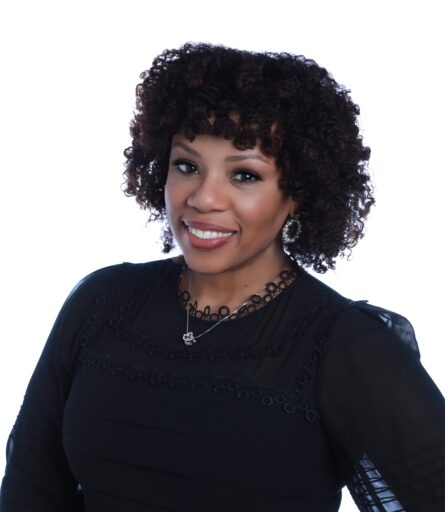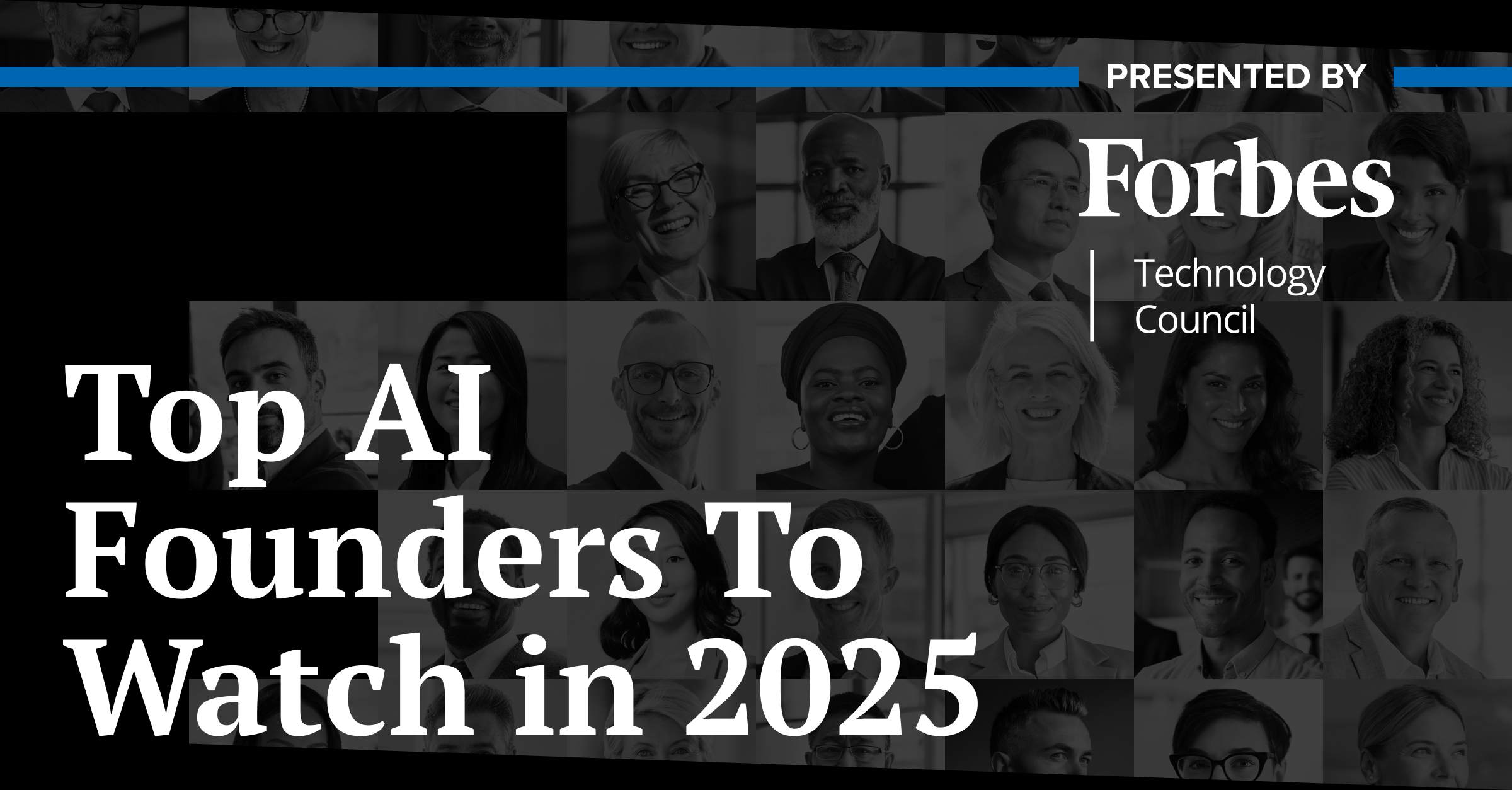According to the 2022 State of Supplier Diversity Report, while 61% of CEOs are engaged with supplier diversity, 24% of respondents who seek out diversity had no formal supplier diversity program in place.
At Ford Motor Company, Travis Spencer, head of supplier diversity and inclusion, and Angela Henderson, director of supply chain strategy and the business office, are focused on giving opportunity and market space to underrepresented suppliers in the automotive industry. The six supplier categories Ford focuses on are minority owned businesses, women owned businesses, veteran owned businesses, homeowners who are certified through an LGBTQ certification or a disability, and small businesses.
Ford’s Economic Impact Report states that in 2020 the company spent over $47 billion in goods and services from more than 5,300 U.S. based suppliers, supporting businesses in 47 states. The highest total spend was in Michigan, the state with the highest number of Ford employees (47,750 out of Ford’s 57,000 hourly workers), at an estimated $17.5 billion.
“There’s a lot of pressure. It’s the challenge of competing objectives… We want to build the car the optimal way, meaning at the least cost but the most effective, and you also want to optimize the supplier base, meaning you don’t want to have a ton of suppliers,” says Spencer.
Read on for an edited excerpt of our exclusive interview with Travis Spencer and Angela Henderson about Ford’s current programs and strategies for promoting supplier diversity.
Senior Executive Media: What are the current challenges that you’re wrestling with in terms of supplier diversity?
Travis Spencer: You want the key strategic suppliers that you’re working with, and you want to continue to grow them and make them stronger. Well, sometimes that doesn’t work the best for supplier diversity. If I’m trying to introduce new suppliers into the supply base, maybe we have to take a chance, despite it not being the most competitive in the new supplier, even though it’s not your traditional supplier. There’s a challenge that sort of sits there all the time. There’s not necessarily new, what I would call sometimes competing objectives where we say hey, buyer, we want you to optimize your supply base. And we also want this at the wrist at the lowest cost. But then I’m saying hey, we want you to give this other supplier a shot, even though they’re not most competitive now, because they haven’t been making this part for 20 years. They don’t have a million pieces of volume. They don’t have the economies of scale, but we know that if we give them business over time, they’ll eventually become as competitive because they’ll get that economies of scale.
“[Economic impact] is one of our most powerful metrics. It shows how many jobs we’re creating in the economy…That really allows our buyers and other stakeholders to actually see: by sourcing this supplier or by sourcing in this region, here’s the impact I’m really contributing to our region.”
Senior Executive Media: How early in the process do companies need to start developing their strategy around supply chain?
Travis Spencer: I would hope very early in the process. Historically it hasn’t been that way. A lot of our suppliers and even a lot of Fortune 500 companies are just now starting to develop what we call supplier diversity and inclusion programs. Nevertheless, late is better than never. In order to have an equitable supply chain, you would need to want to start early because a lot of those early relationships, early research, and development opportunities – if you don’t include diverse suppliers at that point in time, it becomes very difficult to get them to be competitive later on down the line. Whenever you have a supply chain or procurement organization, you want to incorporate supplier diversity as a foundational piece to your sustainability strategy.
Senior Executive Media: We talked about how all organizations may not have supply chain strategies yet. What could that process look like to start supplier diversity at a company?
Travis Spencer: You first have to identify who you’re advocating on behalf of. Once you identify who’s underrepresented – and it’s not the same for every organization, is not saying all women, because you know, depending on your geographical location, the definition of diverse is something different. So you first have to identify: where’s your operations? What suppliers are in that area, and who’s considered underrepresented in that area? Really find a foundational understanding of what underrepresented means in the area where you have your headquarters and where you operate. Once you have a clear definition of who’s underrepresented in terms of what categories, then you want to set out your strategy.
Something that we’ve been really good at Ford Motor Company is to see you come into automotive, right you’re thinking hey, in order to put up these mass assemblies, and really assemble and make these parts, the various entries are very high. It’s very capital intensive. So we’ve been really good. with saying: our strategy is going to be allowing our large nondiverse suppliers to help bring diverse suppliers along. So we’ve helped facilitate JVs. A lot of times we say as a condition for doing business before and if you want more business, you have to partner with a diverse partner in order to get more business and we’ve been really good at educating our purchasing organization and also other cross functional stakeholders about the importance of supplier diversity.
In fact, one of the things that we do that’s very good, I will call as a best practice or benchmark is that we have embedded within our purchasing organization, something we identify as business managers. They’re not directly reporting to me, but they help accomplish our supply diversity initiatives and they sit and they are buyers that sit within an organization, so they help you know not only facilitate progression of our supplier diversity initiative, but they also help educate the other buyers on why it’s important that they are a source of diverse suppliers. I would say there’s several things including incorporating metrics, getting good KPIs, you have a teacher program and make sure you bring your suppliers along. There’s several aspects to building out a strong supplier diversity program, but the first thing you need to identify is who you’re advocating for.
Angela Henderson: One more thing in there that I think is going to be really important, is making sure that you have key stakeholder buy-in. When you put together that plan and say here’s who we want to go advocate for. Then you take that up to your key stakeholders and say, here’s what we want to do. Here’s how it ties to our overall purpose and vision of our company in our organization. And here’s what we need from you and you get their buy-in to help them understand because as supplier diversity professionals, whether you are responsible for procurement or not, you need the rest of the stakeholders to help you make those decisions together to bring those suppliers in, and that’s going to require a lot of effort on your part in terms of making sure that connection happens with those suppliers, they’re aware of those buyers, you have to build out what your strategies for communicating with suppliers and with your stakeholders. Those things all go together to have a successful program.
Senior Executive Media: Who are some of those stakeholders at a company?
Travis Spencer: Contrary to what people believe – people think that it all resides in the supply chain – it really starts from the top down starting with the highest level, meaning the CEO and even the owners, they have to really believe and have passion about supply diversity. But then from there, the true stakeholders are everyone who has a decision making throw in an organization. It’s not just the buyer, it goes down to the FTA (Federal Transit Administration) site engineer who has to visit the sites and work with the supplier to develop them and making sure their site is actually operationally efficient to optimize, it goes to the engineer who’s designing the product and helping in bringing in diverse suppliers in the early benchmarking process, right down to the buyer and making sure they’re considering it in their market test. I would say all stakeholders that have a decision making role within a supply chain, not just purchasing [stakeholders].
Senior Executive Media: What types of metrics do you look for at Ford Motor Company?
Travis Spencer: We’ve recently expanded our signature metric in this dimension that tells us if we’re performing well or not: how much we’re spending because that’s the real dollar metric – the contribution you’re really making to source underrepresented businesses… We are also tracking now within our supply chain, the level of advocacy that our suppliers have: what does your labor force look like at your company? Which is community outreach? What does your community engagement look like? We’re also looking into how many RFQs or how many bids are our diverse suppliers bidding on. We’re also looking at what manufacturing facilities. Let’s say for example, in tying into our marketing strategy, if we have Escape as an example, which is a best selling vehicle for women in our portfolio, how many women or businesses are really contributing to the person that goes into that escape? So we have a second level analytics and metrics that we track, but I would say our primary target is the diversity metric.
Angela Henderson: We measure that and against ourselves as well, bringing in those key stakeholders to help everyone understand: here’s the impact of decisions you made three years ago. Look what’s happening now. So they do an Economic Impact Report every year that helps us see that bigger picture, the direct effect, and indirect effect, and boost. How that economic impact works from the people to the services and the economy. [The data] helps bring it home and make it real, where people sometimes don’t see where they fit in the big picture. How does my one sourcing decision really impact anything?
“As your business evolves so should your strategy. When you build that always on mentality…everybody understands that together, we’re going to always be striving for excellence, and finding ways to get better and better at what we do.”
Travis Spencer: [Economic impact] is one of our most powerful metrics. It shows how many jobs we’re creating in the economy, how many taxes in underrepresented communities that we help pay to help build those communities, how many incomes we help support, etc. with minority women, veterans, all the different categories. That really allows our buyers and other stakeholders to actually see: by sourcing this supplier or by sourcing in this region, here’s the impact I’m really contributing to our region.
Senior Executive Media: Are there any examples of certain communities that you’ve been able to reach recently that you’re proud of as a company?
Travis Spencer: I can name a really, really recent example. In downtown Detroit, there’s a new facility going up. The facility is named LM Manufacturing, it’s a seat assembler for our future model Bronco and Ranger vehicles. There’s a minority business owner named Sylvester Hester, who partnered with a large nondiverse business by the name of Magna to bring several jobs to downtown Detroit. In addition to that, as a part of his working plan, he’s also implementing an educational curriculum in partnership with DPS (Detroit Public Schools). It’s a program where Sylvester invites high-school students to his manufacturing facility and teaches them about real life principles of manufacturing: things like how to run a manufacturing line, operational optimization, or it could be science and math, but it’s real life practicality. In addition, this partnership with DPS not only allows Sylvester to educate children about manufacturing, but he also plans to extend job offers to the students once they graduate while they’re in college or pursuing the next phase of their academic advancement. That’s the type of impact you’re able to make by simply helping source a business that’s in Detroit. You’re creating jobs, you’re helping children, you’re helping the economy.
Angela Henderson: The cool thing about it is he’s creating a pipeline for an industry that is starving for talent. We’ve put all the work towards STEM, but we haven’t realized that we have skilled trades that need to be developed. We have to open people’s eyes to the possibility of what they can actually accomplish. Sylvester has found a way to put his passion to work. Those are the stories we like to share back with our teams to say this is why it’s important. It’s more than the profitability of that company, they’re contributing to our dollars, they’re contributing to the community’s dollars and the future of other people. They are changing the lives in many instances for generations to come based upon the source of decision that we’ve made. That’s the impact that keeps us working hard for diverse businesses.
Senior Executive Media: You also talked about retention programs to retain diverse suppliers. Any examples of that you can share?
Travis Spencer: We actually do have programs to help sustain our current diversified base. We go out and look for new diverse suppliers that qualify that can meet from a cost, quality, innovation, and design perspective, but we have existing diverse suppliers that are growing, and we want to help them continue to grow, especially when they’re high performers. We have programs for development: MentorWE is a woman business program where we pair our large nondiverse women owners with a smaller women owner, who we believe has high potential who’s performing really well and allow them to share best practices, things about the automotive industry that that the smaller owner may have not come across yet, that the large owner could talk to them about like capacity building, succession planning, all of that good stuff over maybe 12 months, a four module course.
We have programs like a deviation to your payment terms, to help diverse suppliers. Typically we are net 90 days in which you’re going to receive accounts receivable. Now for a diverse supplier, we understand that your resources may not be as plentiful or your cash flows may not be as plentiful. So we’re willing to deviate from our normal net 90 payment times and give you different terms… We have our business unit reviews when we sit down with a supplier and talk about hey, here’s how you perform today, but here’s how you can improve. We’re very specific about attending to our diverse suppliers and making sure that they are improving in all aspects of the business.
Angela Henderson: MentorWE is one of the ones that I think we’re most proud of, because that program was jointly developed by Ford with the Great Lakes Women’s Business Council, and we’ve seen great progress for those business owners… We have the same thing called Mentor Me, but structured very differently with the Michigan Minority Supplier Development Council. Some of our ongoing programs as well that we are looking to probably revamp in the near future especially considering the changes in the transformation with the organization is the joint technology framework. As Travis said earlier, sometimes the investment upfront is very, very steep for our suppliers. A lot of it is because of that R&D, they need to be able to invest in the research and development to bring that product to life. What we do is pair some suppliers and diverse suppliers with our research teams and we share our patents with them to develop a product that we can use on our vehicles. We kicked that off in 2008, and we had a couple of suppliers that went through that – as you can imagine, it’s a very long process, and it’s very selective in who we bring in to actually take advantage of that opportunity. The other one that I would mention is the work that we’re doing with our tier one suppliers who are not diverse even, and making sure that they’re also supporting the goals of increasing representation across their supply chain. And that’s our tier two [level] program called WIN (Widening the Inclusion Network). Those are the programs that help keep us accountable to the vision of what our program is about.
Travis Spencer: [As of September] we’re developing a new program in conjunction with product development. It’s tailored to diverse businesses and electrification. We’ve reached out to the Blacks in electric vehicle infrastructure group, the trade association called BEVI (Blacks and Electric Vehicle Infrastructure). A lot of those businesses are small or startups and they’re working in the automotive industry, either in electrical vehicle infrastructure or the battery manufacturing and recycling process. What we’re doing now is we’re allowing those businesses to quote, and then bringing their quotes into us, we do a design review, and we’re not penalizing them at all. We’re allowing them to say, I have never had an automotive quote of this magnitude, but based on what you’re asking me to do, I’m having challenges doing this and having challenges doing that and meeting this requirement and that requirement, and your statement of work here, I don’t even know what that means. We’re allowing suppliers to do that and then come to us to help them do the walk and do the work and say: you need to talk to this person, you need to meet this person, here’s a contact at this organization to help you get this certification standard, etc. We haven’t named [the program] just yet. Maybe it’s a form of our JT (joint technology framework), but it’s something that we’re just launching in order to catch diverse suppliers up in the battery and electric vehicle technology infrastructure space.








